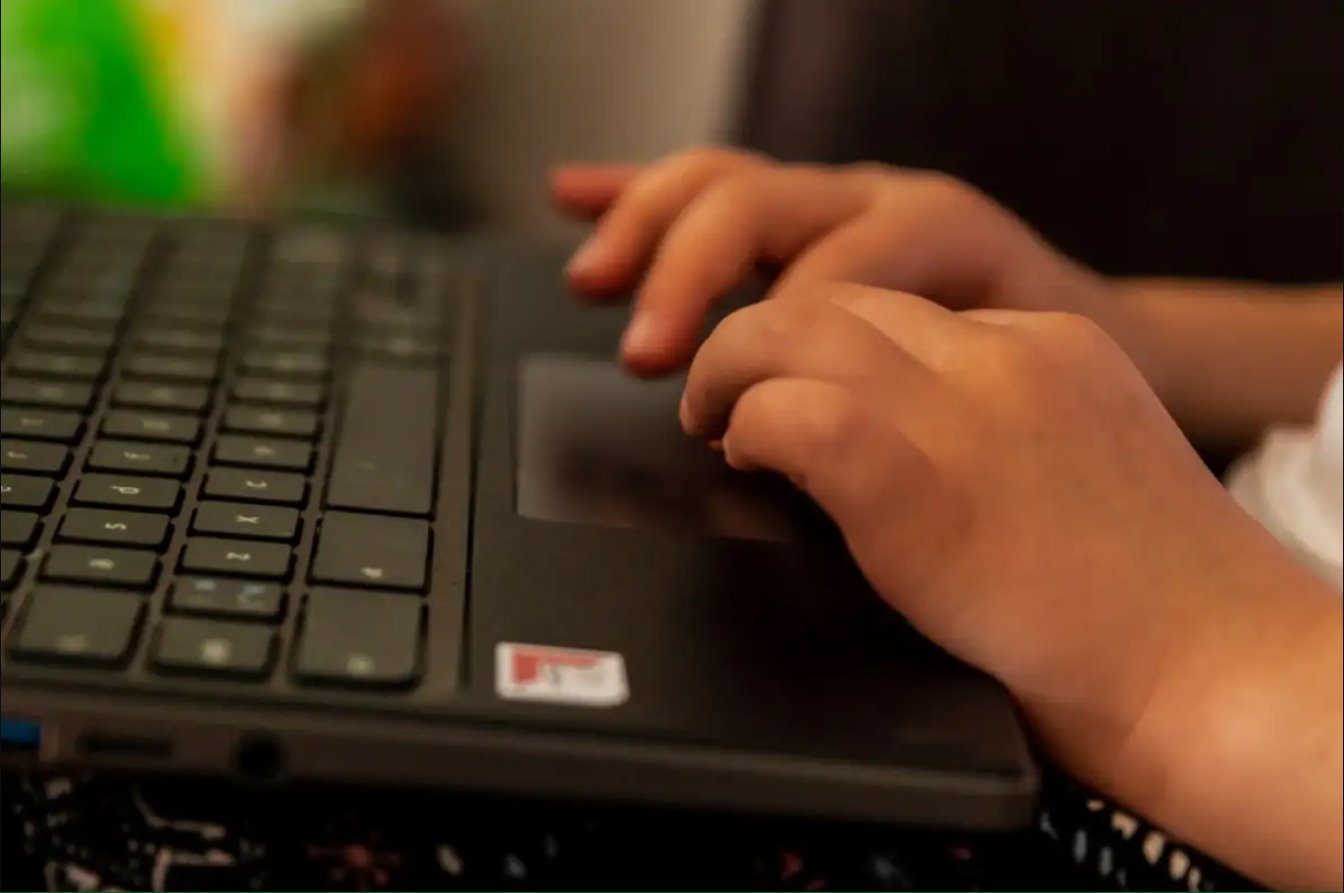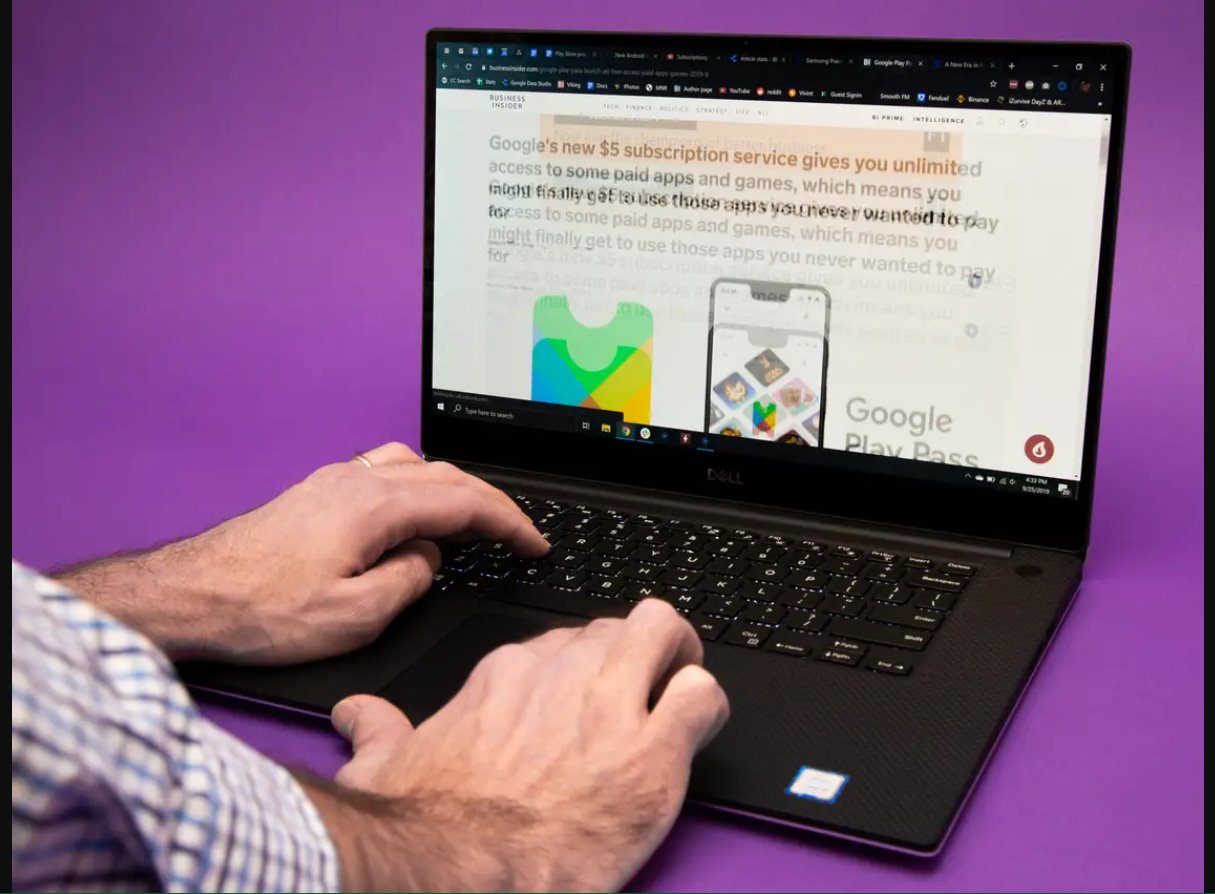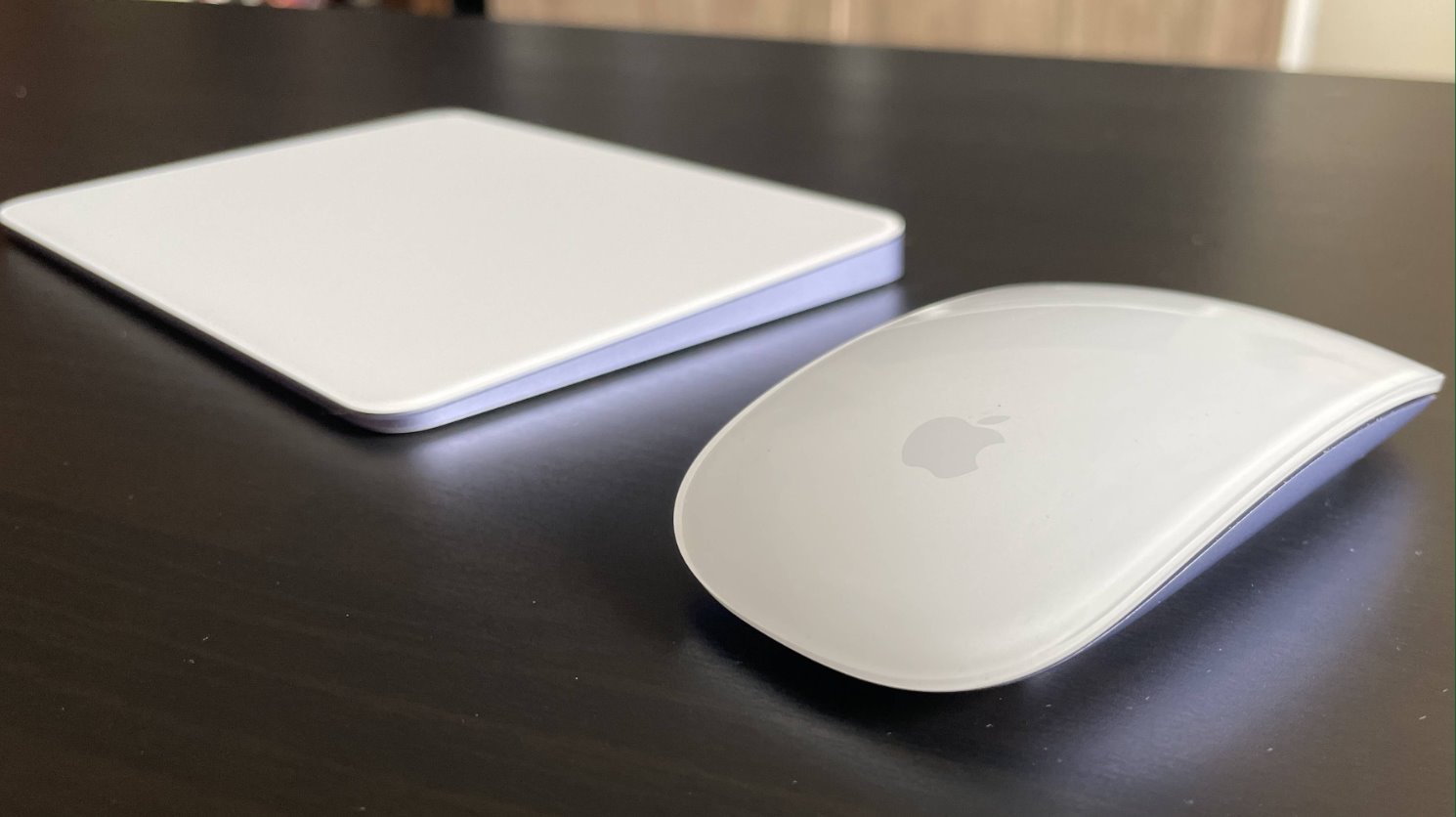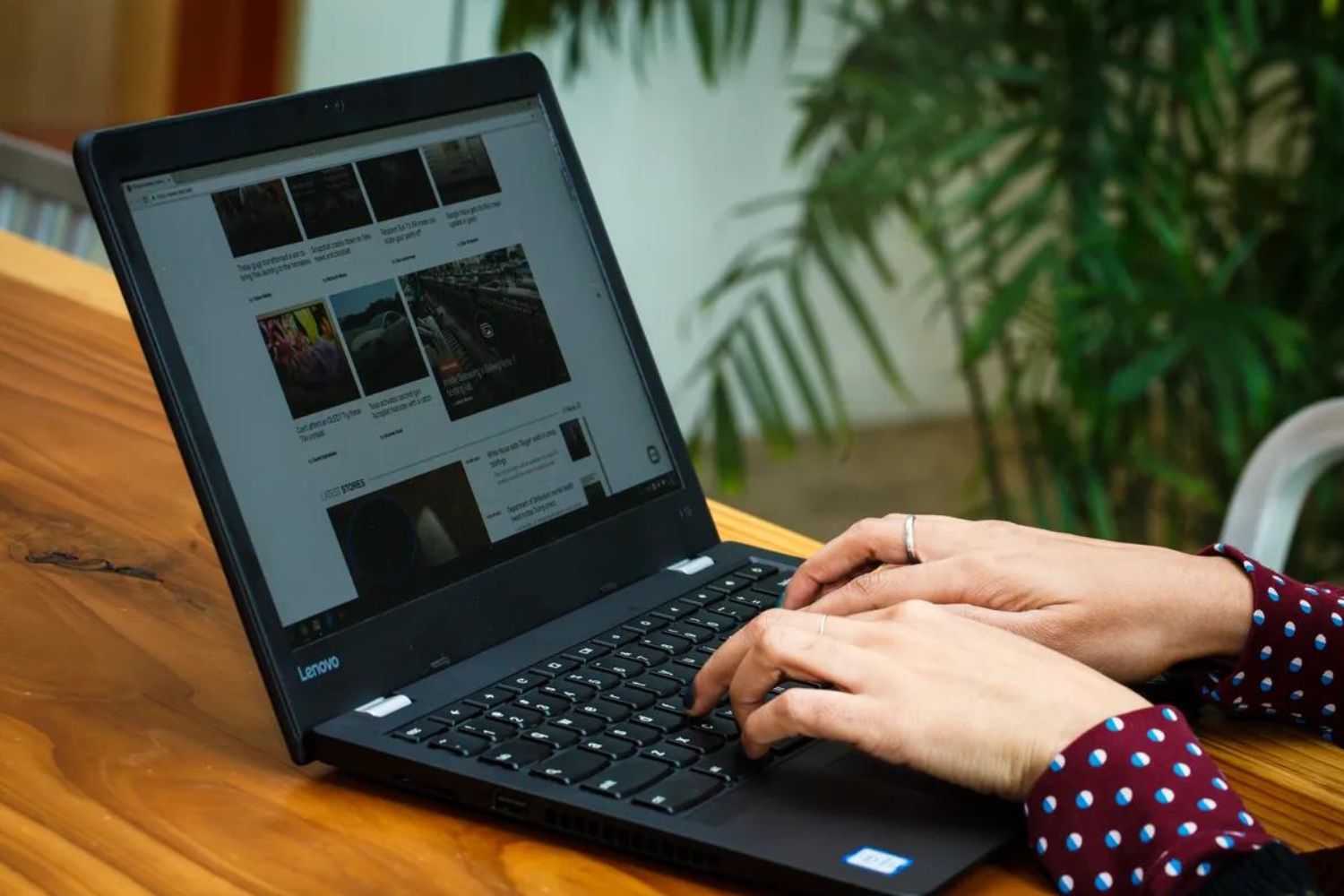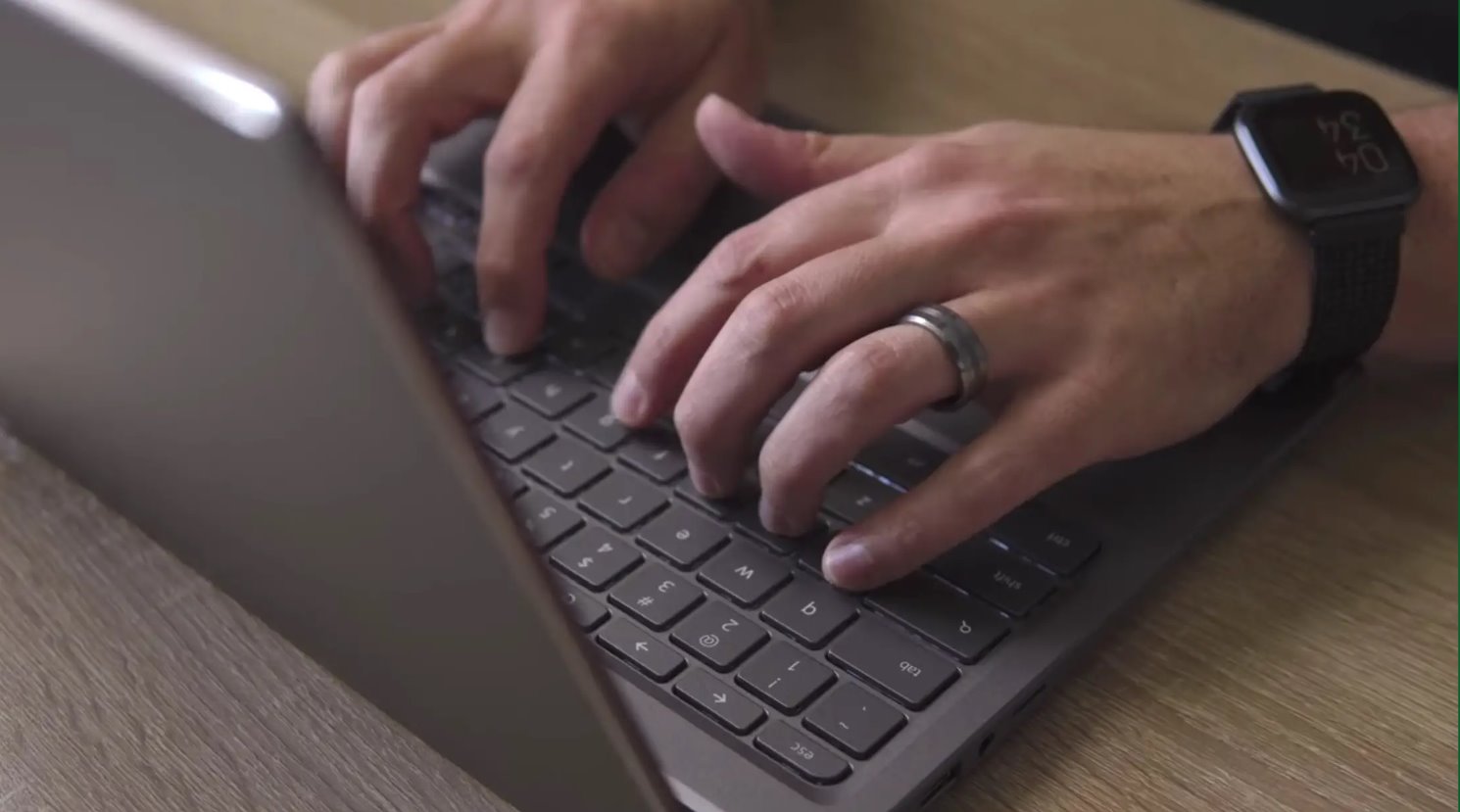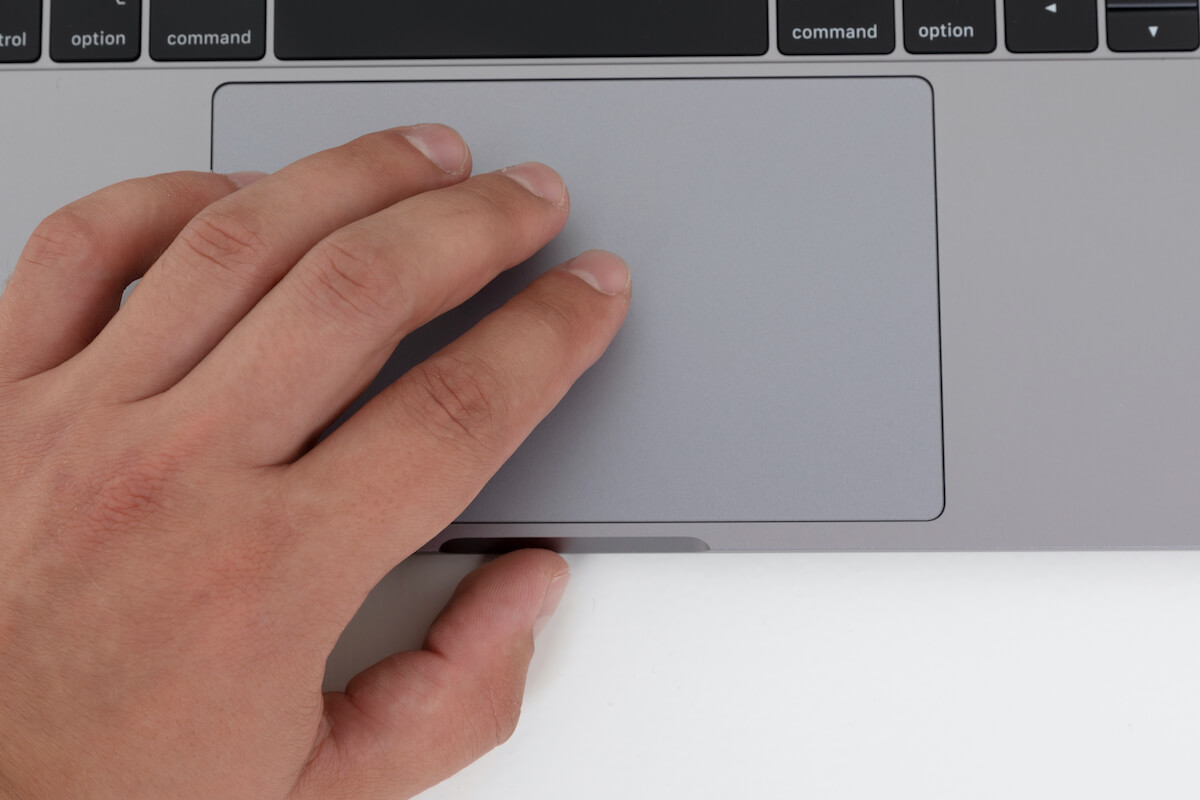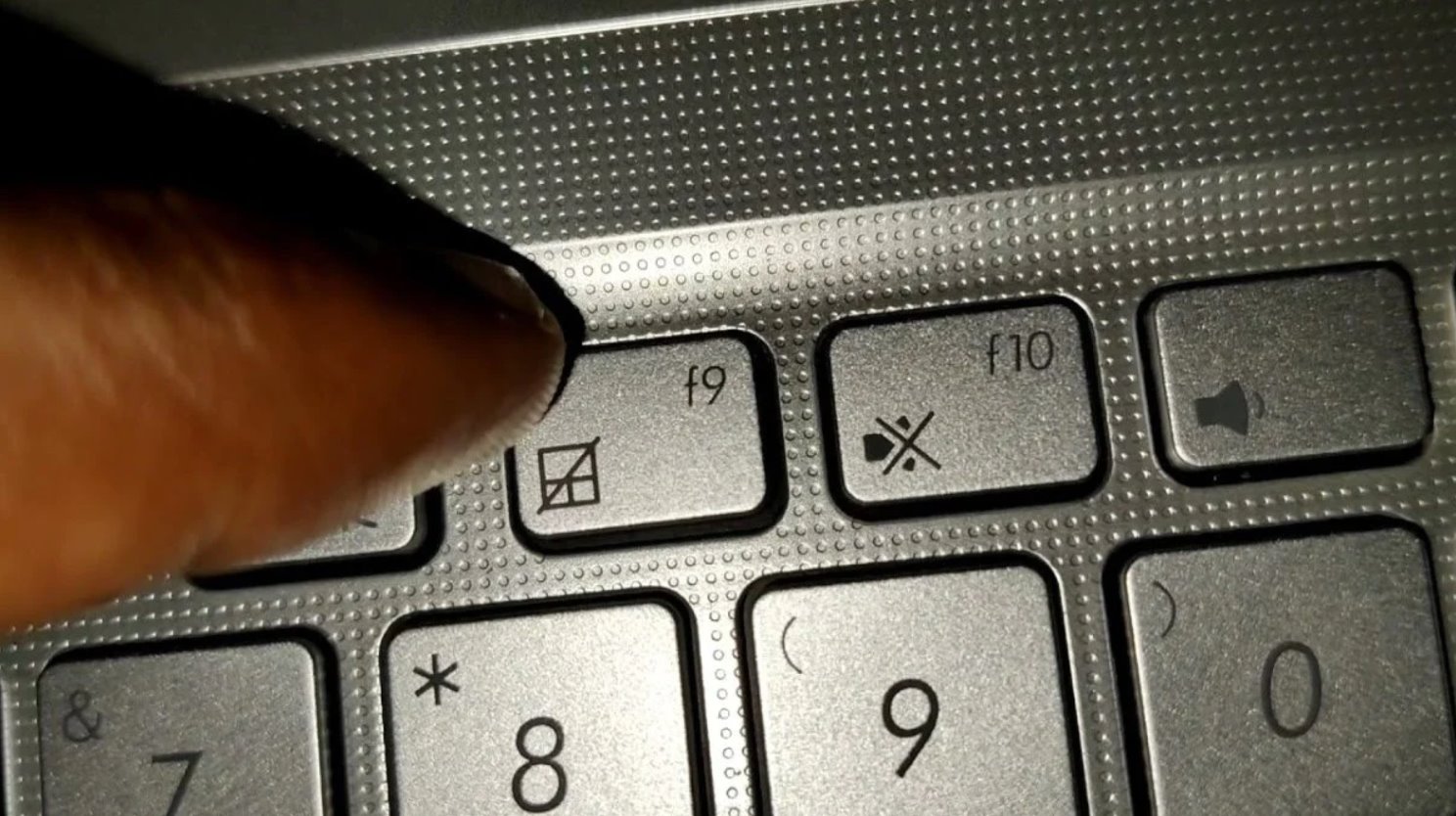Introduction
When using a laptop, one of the common frustrations that many users face is accidentally touching the trackpad while typing or using a mouse. This can lead to unintentional cursor movements and unwanted clicks, disrupting workflow and causing frustration. Fortunately, on Windows 7, there are ways to disable the trackpad when a mouse is connected, offering a more seamless and controlled experience.
Windows 7 is a widely used operating system that offers a range of customization options to enhance user experience. Disabling the trackpad when a mouse is connected is a valuable feature, especially for those who prefer using a mouse for increased precision, accuracy, and ease of navigation.
In this article, we will explore why disabling the trackpad when a mouse is connected is beneficial and the various methods available to achieve this on Windows 7. Whether you are a professional who requires uninterrupted workflow or a casual user seeking a more comfortable computing experience, this guide will help you make the most of your Windows 7 laptop.
By following the step-by-step instructions provided, you will be able to disable the trackpad and enjoy a hassle-free typing and navigation experience whenever a mouse is connected to your Windows 7 laptop.
Why Disable Trackpad When Mouse Is Connected?
There are several reasons why you might want to disable the trackpad when a mouse is connected to your Windows 7 laptop. Let’s explore the key benefits of this feature:
- Accidental Cursor Movements: Accidentally brushing against the trackpad while typing can result in the cursor jumping to a different location on the screen. This can be frustrating and can disrupt your workflow. By disabling the trackpad when a mouse is connected, you eliminate the risk of unintentional cursor movements, ensuring a smoother and more efficient typing experience.
- Improved Precision: Using a mouse provides greater precision and control compared to a trackpad. Many users find it easier to navigate through documents, spreadsheets, and websites with a mouse. By disabling the trackpad, you can fully utilize the mouse’s capabilities, allowing for more accurate and effortless cursor movements.
- Reduced Click Errors: With a trackpad, accidental clicks can occur when your palm or fingers unintentionally touch the surface while typing or performing other tasks. This can lead to unintended actions, such as closing windows or opening unwanted links. By disabling the trackpad when a mouse is connected, you eliminate the risk of these click errors, minimizing frustrations and improving overall productivity.
- Customized User Experience: Disabling the trackpad when a mouse is connected allows for a more personalized computing experience. Some users simply prefer using a mouse over a trackpad due to personal preference or ergonomic reasons. By giving users the option to disable the trackpad, Windows 7 provides greater flexibility in tailoring the user experience to individual needs.
By considering these advantages, it becomes clear why disabling the trackpad when a mouse is connected is a desirable feature for many Windows 7 laptop users. Now that we understand the benefits, let’s explore the different methods available to achieve this on your Windows 7 device.
How to Disable Trackpad When Mouse Is Connected on Windows 7
Windows 7 provides multiple methods to disable the trackpad when a mouse is connected. Here are three common approaches you can follow:
Method 1: Using Control Panel
- Click on the Start Menu and navigate to the Control Panel.
- Select “Hardware and Sound” and then click on “Mouse” under the Devices and Printers section.
- In the Mouse Properties window, go to the “Device Settings” or “Touchpad” tab.
- Look for an option like “Enable/Disable Trackpad when USB Mouse is plugged in” or a similar setting.
- Check the box next to the option to disable the trackpad when a mouse is connected.
- Click “Apply” or “OK” to save the changes.
Method 2: Using Device Manager
- Press the Windows key + X and select “Device Manager” from the context menu.
- In the Device Manager window, expand the “Mice and other pointing devices” category.
- Find your trackpad device, which is often listed as “Touchpad” or similar.
- Right-click on the trackpad device and select “Disable” from the dropdown menu.
- The trackpad will now be disabled, and you can use a mouse instead.
Method 3: Using Third-Party Software
If the above methods do not work or are not available, you can explore third-party software options that offer advanced trackpad customization. Some popular software options include Synaptics Touchpad Driver, Touchpad Blocker, and TPMiddle.
Each software may have a different user interface and configuration process, so it’s important to follow the instructions provided by the software developer.
Remember to restart your laptop after making any changes to ensure the modifications take effect.
By following one of these methods, you can disable the trackpad when a mouse is connected to your Windows 7 laptop, enabling you to have a more seamless and controlled experience. Now, let’s explore the benefits of using this feature.
Method 1: Using Control Panel
Disabling the trackpad when a mouse is connected on Windows 7 can be achieved through the Control Panel. Follow the steps below to disable the trackpad using this method:
- Click on the Start Menu and navigate to the Control Panel.
- Select “Hardware and Sound” and then click on “Mouse” under the Devices and Printers section.
- In the Mouse Properties window, go to the “Device Settings” or “Touchpad” tab.
- Look for an option like “Enable/Disable Trackpad when USB Mouse is plugged in” or a similar setting.
- Check the box next to the option to disable the trackpad when a mouse is connected.
- Click “Apply” or “OK” to save the changes.
This method utilizes the settings available in the Control Panel’s Mouse Properties window to disable the trackpad functionality when a mouse is connected to your Windows 7 laptop. By checking the appropriate box, you can ensure that the trackpad remains inactive while the mouse is in use, eliminating any accidental cursor movements and unwanted clicks.
If you prefer using a mouse for increased precision and control, this method allows you to fully utilize its capabilities without any interference from the trackpad. It provides a seamless and uninterrupted experience, especially during tasks that require careful cursor navigation, such as graphic design, spreadsheet editing, or gaming.
Remember to apply the changes and restart your laptop for the modifications to take effect. By following this method, you can easily disable the trackpad and enjoy a more comfortable and efficient computing experience when using a mouse with your Windows 7 laptop.
Method 2: Using Device Manager
An alternative method to disable the trackpad when a mouse is connected on Windows 7 is by utilizing the Device Manager. Follow the steps below to disable the trackpad using this method:
- Press the Windows key + X and select “Device Manager” from the context menu.
- In the Device Manager window, expand the “Mice and other pointing devices” category.
- Find your trackpad device, which is often listed as “Touchpad” or similar.
- Right-click on the trackpad device and select “Disable” from the dropdown menu.
- The trackpad will now be disabled, and you can use a mouse instead.
This method allows you to directly disable the trackpad device through the Device Manager, preventing it from interfering with your mouse activities. By right-clicking on the trackpad device and selecting “Disable,” you effectively deactivate its functionality, ensuring that it is inactive and unresponsive while a mouse is connected.
Disabling the trackpad using the Device Manager is particularly useful if you do not have the specific option in the Control Panel or if you prefer a more direct approach. It offers a quick and straightforward solution to prevent accidental cursor movements and unwanted clicks, allowing you to have a smoother and more controlled experience when using a mouse.
Remember to restart your laptop for the changes to take effect. By following this method, you can easily disable the trackpad and enjoy enhanced precision and accuracy with your mouse on your Windows 7 laptop.
Method 3: Using Third-Party Software
If the built-in options in the Control Panel or Device Manager do not provide the desired trackpad disabling functionality, you can explore third-party software solutions. These software applications offer more advanced customization options and settings for managing and disabling the trackpad when a mouse is connected on Windows 7. Here are a few popular examples:
- Synaptics Touchpad Driver: Synaptics provides a Touchpad Driver for many laptop models that allows you to configure various trackpad settings. This driver often includes an option to disable the trackpad when a mouse is connected. You can visit the manufacturer’s website to download and install the driver specific to your laptop model.
- Touchpad Blocker: Touchpad Blocker is a lightweight software application that automatically disables the trackpad when you are typing, ensuring that accidental touchpad movements do not interfere with your work. It also provides the option to disable the trackpad entirely when a mouse is connected. You can download and install Touchpad Blocker from various trusted software download websites.
- TPMiddle: TPMiddle is a third-party utility that offers advanced trackpad customization for various laptop models. In addition to its other features, TPMiddle allows you to disable the trackpad when a mouse is connected. It provides a user-friendly interface and can be downloaded and installed from the developer’s website.
It’s worth noting that third-party software options may have different interfaces and configuration processes. It is recommended to carefully read the documentation or instructions provided by the software developer to ensure proper installation and usage.
By utilizing third-party software applications, you can gain access to additional features and settings to tailor the trackpad behavior for your Windows 7 laptop. These options offer greater flexibility and customization, enabling you to optimize your trackpad and mouse experience according to your preferences.
Remember to download and install software applications from trusted sources to ensure the safety and reliability of your system. With the help of third-party software, you can easily disable the trackpad when a mouse is connected and enjoy a more personalized and efficient computing experience on your Windows 7 laptop.
Benefits of Disabling Trackpad When Mouse Is Connected
Disabling the trackpad when a mouse is connected on your Windows 7 laptop offers a range of benefits that can improve your overall computing experience. Let’s explore some of the key advantages:
- Enhanced Precision and Accuracy: When using a mouse, you have greater control and precision compared to a trackpad. Disabling the trackpad ensures that your cursor movements are solely dictated by the mouse, allowing for more accurate selections, smoother scrolling, and overall improved precision in tasks such as graphic design, photo editing, or gaming.
- Elimination of Accidental Cursor Movements: One major frustration with trackpads is accidentally brushing them while typing, resulting in undesired cursor movements. By disabling the trackpad when a mouse is connected, you eliminate the risk of unintentional cursor jumps, allowing you to focus on your work without interruptions or frustrations.
- Prevention of Unwanted Clicks: With a trackpad, inadvertently tapping or clicking on the surface can lead to unintended actions, such as opening unwanted links or closing windows by mistake. By disabling the trackpad when a mouse is connected, you avoid accidentally triggering these clicks, ensuring a smoother and more controlled browsing and computing experience.
- Improved Ergonomics and Comfort: Using a mouse can provide better ergonomics and comfort, especially for long periods of use. The trackpad’s flat surface can cause strain on your fingers, hands, and wrists. By disabling the trackpad and solely relying on the mouse, you can maintain a more natural hand position, reducing the risk of discomfort and potential injuries associated with repetitive motions.
- Customized User Experience: Disabling the trackpad when a mouse is connected allows you to personalize your computing experience to suit your preferences. Some users simply prefer the precision and control of a mouse over a trackpad, and having the option to disable the trackpad ensures that they can utilize their preferred input device without any distractions or interference.
By taking advantage of the ability to disable the trackpad when a mouse is connected, you can enjoy increased accuracy, efficiency, and comfort while using your Windows 7 laptop. Whether you are a professional requiring precise cursor movements or a casual user seeking a more seamless workflow, this feature provides a significant improvement to your overall computing experience.
Conclusion
Disabling the trackpad when a mouse is connected on your Windows 7 laptop offers numerous benefits, enhancing your productivity, accuracy, and overall computing experience. By following the methods outlined in this guide, you can easily disable the trackpad and enjoy a more seamless and controlled input method.
We discussed three methods to achieve this on Windows 7:
- Using the Control Panel: By accessing the Mouse Properties settings, you can disable the trackpad when a mouse is connected.
- Utilizing the Device Manager: Disabling the trackpad directly through the Device Manager offers a more direct approach.
- Exploring Third-Party Software: Various third-party software options provide advanced customization and trackpad disabling features.
By disabling the trackpad, you can eliminate accidental cursor movements and unwanted clicks. This, in turn, improves precision, accuracy, and control during tasks that require careful navigation, such as graphic design or spreadsheet editing. Additionally, using a mouse instead of a trackpad can provide better ergonomics and comfort, reducing strain on your wrists and improving long-term usability.
Remember to choose the method that works best for you and your Windows 7 laptop, considering your preferences and requirements. Whether you prefer the built-in options in the Control Panel, the direct approach through the Device Manager, or exploring third-party software solutions, the ultimate goal is to optimize your trackpad and mouse experience to suit your needs.
By disabling the trackpad when a mouse is connected, you can have a more customized and efficient computing experience on your Windows 7 laptop. Enjoy improved precision, accuracy, and comfort as you navigate through your tasks without the frustration of accidental trackpad interference.







